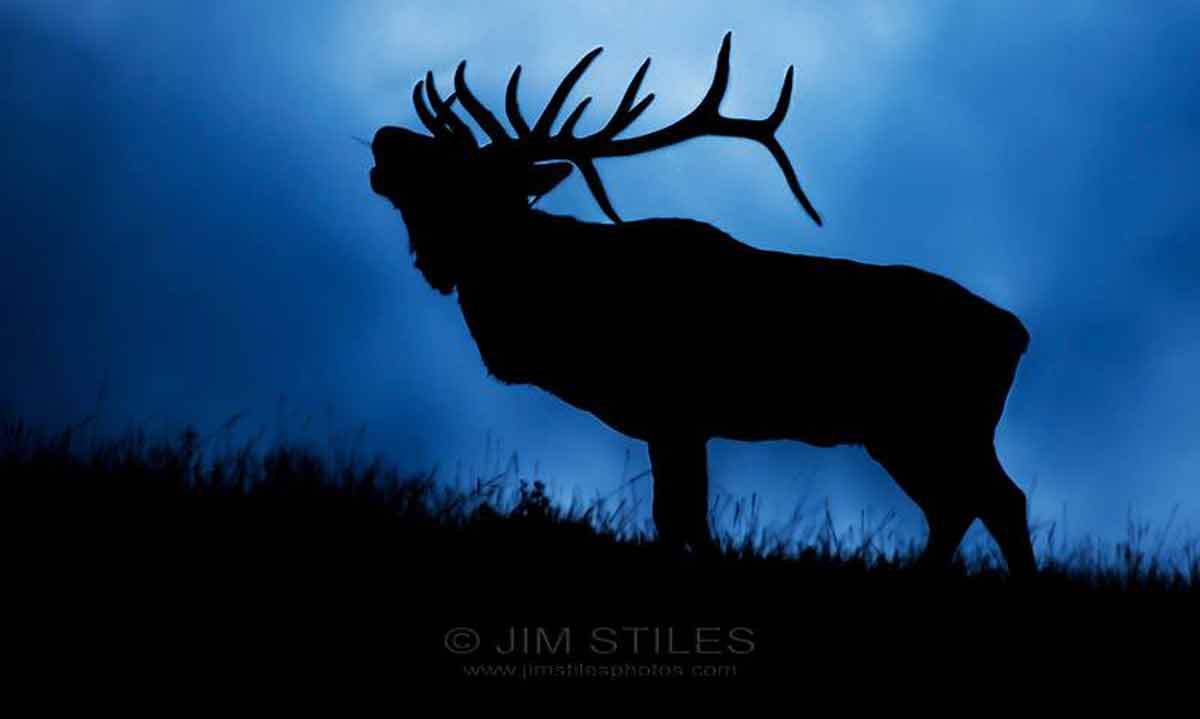Werewolves aren’t the only creatures reputed to get a little crazy under a full moon. Lots of species are especially active when the moon is full—elk included. And the moon is full 12 times a year, unless it’s a year with a “blue moon” when one lucky month boasts two. Two full moons can occur in any month except for February, which is shorter than the 29.53-day lunar cycle, even on a leap year.
Whether the official number is 12 or 13 per year, each full moon gives elk a chance to cut loose. Biologists have observed that during the full moon phase elk are particularly active at night because they can see better to feed and spot predators more easily. This full moon confidence boost means that they stay out all night instead of foraging in just the early mornings and late evenings. The result is akin to an elk hangover—especially during the rut. By the time the sun replaces the moon, elk are exhausted and overindulged to the point they stay bedded down until night rolls around again. This can be a serious downer for hunters hoping to catch elk out and about during daylight hours.
What happens when the full moon coincides with the peak of the rut? Well, to put it modestly, bulls bugle, battle and breed all night. Some data suggests that conception rates might even spike during those wild nights of uninterrupted wooing.
Photo credit: Jim Stiles
